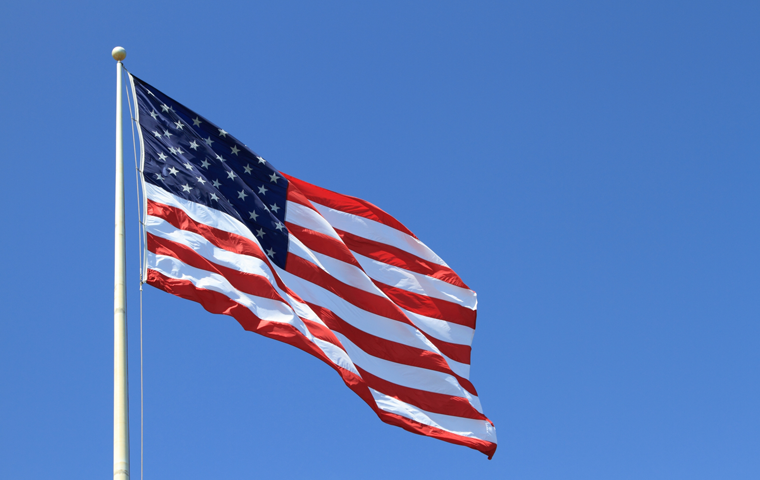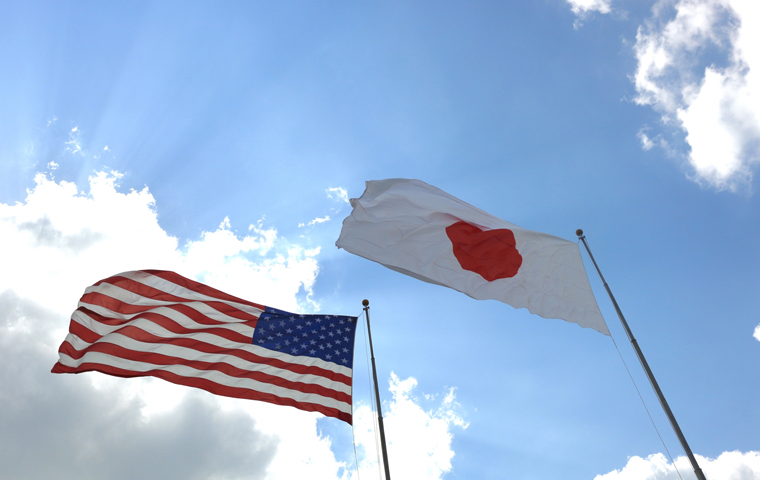Endgame in the U.S. Steel Saga — The U.S. Approves Nippon Steel’s Historic Acquisition
Related Articles
A Historic Approval After 18 Months of Negotiation

On June 14, 2025, the U.S. President officially approved Nippon Steel’s acquisition of U.S. Steel, ending an extraordinary 18-month political and economic standoff that tested the boundaries of free-market capitalism and national security alike.
This was not a simple corporate takeover. What began as a straightforward acquisition evolved into a new “partnership framework”, approved only after the inclusion of strict conditions designed to safeguard U.S. national interests.
At the heart of this resolution lies a National Security Agreement between Nippon Steel, U.S. Steel, and the U.S. government.
Under its terms, Washington will retain a “golden share” in U.S. Steel, granting it veto power over any decision deemed strategically sensitive—such as reductions in U.S. production capacity.
Furthermore, the agreement requires U.S. Steel’s headquarters to remain in Pittsburgh, the historic heart of American steelmaking.
When Nippon Steel first announced the $14.1 billion (approximately ¥2 trillion) acquisition in December 2023, the goal was clear: to combine Japanese technology and capital with American manufacturing strength to create a global champion capable of countering the overwhelming dominance of Chinese state-backed steel producers.
However, what began as an economically rational merger soon became entangled in the political currents of U.S. populism.
The final approval represents not a triumph of free-market principles, but rather a sophisticated form of economic nationalism—one in which even investment from the closest allies must yield to government oversight when it involves strategic industries.
Ultimately, the deal was approved only after being reshaped into a political narrative that allowed U.S. leaders to claim they had “protected American interests.”
Protectionist Winds — How Politics Hijacked a Global Deal
The announcement of the acquisition ignited a storm of protectionist backlash in the United States.
At its center stood the United Steelworkers (USW), the powerful labor union representing U.S. Steel employees.
The USW fiercely opposed the sale, arguing that foreign ownership would threaten jobs and undermine pension security.
Joining the opposition was Cleveland-Cliffs, the U.S. steelmaker that had lost its own bid to acquire U.S. Steel. Together, the two launched a coordinated lobbying campaign in Washington, fanning political resistance to the deal.
The controversy escalated dramatically as the 2024 U.S. presidential election drew closer.
U.S. Steel’s headquarters are located in Pennsylvania, part of the politically decisive Rust Belt—and the USW’s support carries substantial electoral weight.
In a rare show of bipartisan alignment, both President Biden and his challenger former President Trump voiced opposition to the acquisition, each seeking to court labor votes.
Then, in January 2025, President Biden took an unprecedented step: invoking “national security concerns,” he issued an executive order blocking the acquisition outright.
It was the first time in history that a U.S. president had directly halted an acquisition by a Japanese company—a close ally—on national security grounds.
The decision sent shockwaves through Tokyo and recalled memories of 1980s-era economic friction, such as Mitsubishi Estate’s purchase of Rockefeller Center, which had fueled American anxieties about Japanese investment.
But unlike the Japan–U.S. trade tensions of the past, this time the opposition was not rooted in rivalry but in identity-driven protectionism.
With China now Washington’s primary strategic adversary, a new belief had taken hold: even among allies, ownership of symbolic and strategic national industries must remain American.
From Court Battles to Backroom Diplomacy — The Road to Reversal
Nippon Steel and U.S. Steel responded swiftly to the presidential ban, filing a joint lawsuit against the Biden administration.
They argued that the executive order constituted unlawful political interference, motivated not by genuine security concerns but by an attempt to appease the USW for electoral gain.
Yet the lawsuit was not merely a legal challenge—it was also a strategic maneuver.
By forcing the issue into court, Nippon Steel created leverage and bought time to reopen negotiations.
Recognizing the difficulty of overturning a presidential order through litigation, the company pursued a parallel diplomatic and political strategy.
Nippon Steel hired lobbyists in Washington and dispatched senior executives, including Executive Vice President Takahiro Mori, to personally engage with stakeholders.
It also sent direct letters to U.S. Steel employees, pledging to preserve jobs and protect pensions, countering the union’s fear-based messaging.
The breakthrough came when Nippon Steel dramatically shifted tactics—from confrontation to concession and partnership.
It offered legally binding commitments to invest over $1.4 billion in U.S. facilities, promised no layoffs, and agreed to transfer advanced steelmaking technologies to strengthen domestic operations.
Most crucially, it redefined the deal as a “strategic partnership” rather than a full takeover, offering the U.S. government its golden share and granting veto rights over key industrial decisions.
For the newly re-elected Trump administration, which had publicly vowed to block the deal, this proposal provided the perfect political solution:
instead of canceling the acquisition, it could now claim victory—framing the outcome as one that “maximized U.S. interests.”
Nippon Steel’s approach demonstrated a profound truth about modern global M&A: success requires not just financial and legal expertise, but also a sophisticated understanding of domestic political dynamics and the agility to navigate them with diplomacy and strategy.
A New Test for Japan–U.S. Economic Relations

This deal, forged through a year and a half of political, legal, and diplomatic struggle, will resonate far beyond the steel industry.
It marks a pivotal moment in the evolution of Japan–U.S. economic relations—and may well serve as a model for future alliances between democracies facing the twin pressures of protectionism and global competition.
From an industrial standpoint, Nippon Steel’s massive capital injection and world-leading technology will accelerate U.S. Steel’s revitalization.
The transfer of expertise in high-performance electrical steel—crucial for electric vehicle (EV) motors—is expected to significantly enhance the competitiveness of the U.S. EV supply chain, strengthening its industrial resilience.
Geopolitically, the integration forms a powerful counterweight to China’s state-backed steel giants, which now dominate more than half of global steel production.
As U.S. Steel’s CEO remarked, blocking the deal would have “only pleased Beijing.”
In the end, the logic of economic security and alliance cooperation prevailed: a stronger U.S.–Japan steel partnership aligns with the strategic interests of both nations.
Still, the ordeal exposed a sobering reality—even investments between the closest allies are vulnerable to the forces of domestic populism and political expediency.
For Japan, the episode raised serious doubts about the predictability of the U.S. investment environment.
Paradoxically, however, the saga may also bring the two nations closer.
As this case showed, economic cooperation between Japan and the United States is no longer purely commercial—it is now inseparable from national security strategy.
Just as this acquisition transformed from a corporate transaction into a strategic alliance, future economic ties between the two countries will likely become more transactional, more political—
and, under the shared objective of countering China, perhaps more enduring than ever.



